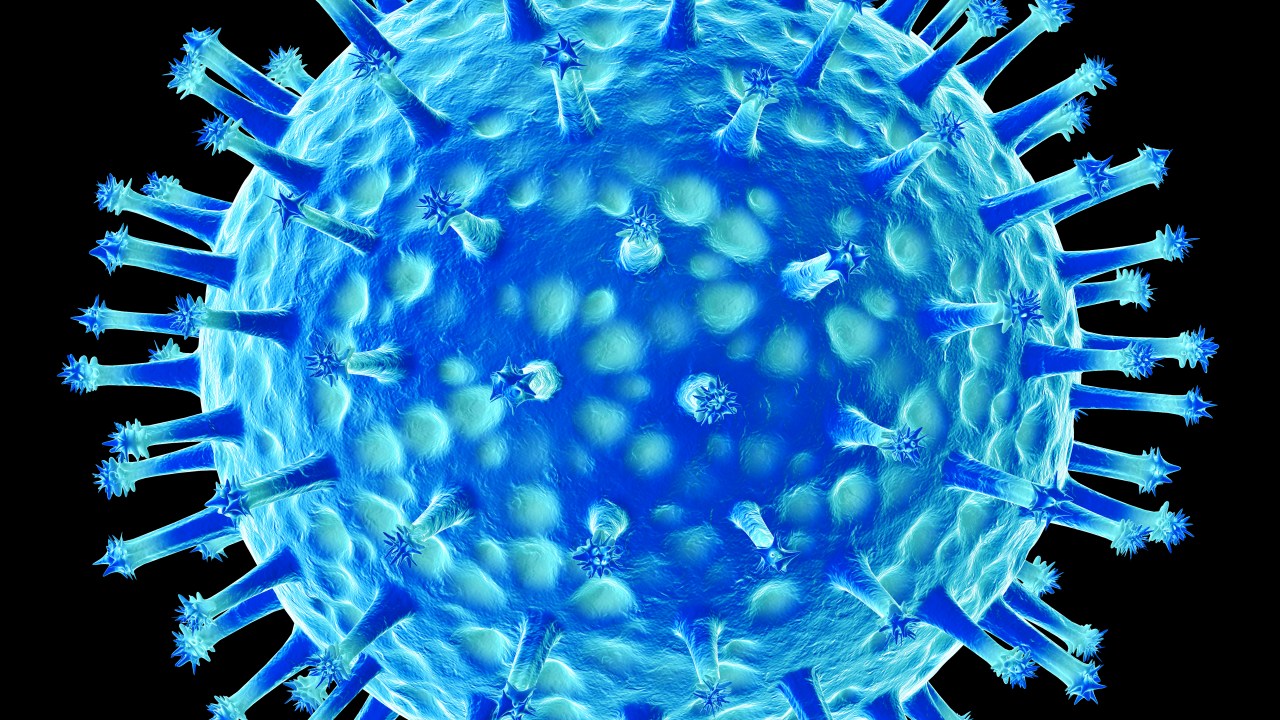Experts have warned another highly contagious strain of bird flu is likely to hit Australia as the nation grapples with an outbreak of three different strains.
Over 80,000 birds will be culled in New South Wales after bird flu was found at a second farm in the Hawkesbury region.
The property has been in lockdown since Wednesday.
CSIRO’s Australian Centre for Disease Preparedness said the strain is different to the one that has been found in Victoria and likely came from a wild bird.
This comes as there has been three different strains of H7, which is a highly pathogenic avian influenza, or bird flu, detected in genetic sequencing at farms across the country.
The strains have been found in Victoria, NSW and the ACT, causing sickness and disease across poultry farms since May.
Currently, Australia is the only continent which is yet to detect the H5N1 strain, which has rapidly spread in other parts of the world.
The virus has appeared in wild animal species and livestock, which includes dairy farms in the US.
The variant is able to cause more significant illness and death in poultry, birds and mammals.
Experts have warned of the risk of a highly contagious strain of bird flu. Picture: Supplied.
The Commonwealth Scientific and Industrial Research Organisation (CSIRO) issued a warning on Monday, saying the likelihood of the H5N1 strain spreading to Australia was high compared to other years.
“The likelihood is considered increased, as opposed to previous years with other circulating viruses internationally but the virus has also been circulating globally in a range of regions since 2021,” said the CSIRO’S Australian Centre for Disease Preparedness director Debbie Eagles.
Dr Eagles said industry and governments were planning for the fact that the risk has increased.
She added there were preparations underway for the chance that other mammals could become sick from bird flu.
It comes as Australia grapples with an outbreak involving three strains of avian influenza. Picture: Getty.
“That’s one of the real differences for this virus and that preparedness has to be across the agricultural industry, but also across environment and health as well, and certainly we’re seeing those preparedness discussions and plans being worked on,” she said.
Dr Frank Wong, an avian flu expert at the centre, said while there have been human cases of H5 detected in the United States, they were linked to individuals who had close contact with diseased animals.
“The virus is still not adapted to infection in humans,” he said.
“All of the infections have been from close contact with infected birds or livestock. People involved in outbreak control are aware of this and take appropriate precautions.”
He said these infections had been “very mild”.
Loading embed…
“The virus is still not adapted to infection in humans, so all the infections have been from close contact with infected birds or livestock,” he said.
“That’s because during an outbreak … there’s a lot of virus in the environment.”
The Australian government is working with states and territories to try to curb the outbreak of the three strains currently ripping across the country.
“A nationally agreed response plan to control and eradicate HPAI in Victoria is being implemented and regularly reviewed as the response progresses. A response plan has been prepared for implementation in NSW,” the Outbreak.gov.au website says.

